Africa/universityworldnews
Resumen: Dos nuevos fondos de movilidad han sido lanzados por la Academia Africana de Ciencias (AAS), con el objetivo de alentar a los investigadores africanos a trabajar juntos y con sus homólogos indios para abordar mejor los desafíos de salud y desarrollo. Tanto el Plan de movilidad de la ciencia y el lenguaje África como el Fondo de movilidad África-India se implementarán a través de la Alianza para Acelerar la Excelencia en la Ciencia en África (AESA), una iniciativa fundada por AAS en asociación con la Agencia NEPAD. Son apoyados por Wellcome, el Instituto Pasteur y, en el caso del fondo África-India, la Alianza India. Juntos, los fondos tienen un valor de US $ 500,000 y su objetivo es llegar a 100 investigadores en África y la India. Durante cinco años, el Programa de movilidad científica y lingüística ofrecerá subsidios de viaje a investigadores francófonos y anglófonos africanos involucrados en la ciencia biomédica y la salud pública de «relevancia» para las necesidades sanitarias nacionales, regionales o mundiales.
All reader responses posted on this site are those of the reader ONLY and NOT those of University World News or Higher Education Web Publishing, their associated trademarks, websites and services. University World News or Higher Education Web Publishing does not necessarily endorse, support, sanction, encourage, verify or agree with any comments, opinions or statements or other content provided by readers.
Two new mobility funds have been launched by the African Academy of Sciences (AAS), aimed at encouraging African researchers to work together and with their Indian counterparts to better address health and development challenges.
Both the Science and Language Mobility Scheme Africa and the Africa-India Mobility Fund are to be implemented through the Alliance for Accelerating Excellence in Science in Africa (AESA), an initiative founded by AAS in partnership with the NEPAD Agency. They are supported by Wellcome, the Pasteur Institute and, in the case of the Africa-India fund, the India Alliance. Together, the funds are worth US$500,000 and aim to reach 100 researchers in Africa and India.
Over five years the Science and Language Mobility Scheme will offer travel grants to Francophone and Anglophone African researchers involved in biomedical science and public health of ‘relevance’ to national, regional or global health needs.
According to an AESA press release, Africans tend to collaborate more with counterparts in the United States or Europe than with researchers on the continent, as researchers from Anglo- and Francophone countries are limited by language, culture and political barriers.
Citing a 2010 report by Thomson Reuters which found that none of the continent’s six stronger research nations – Algeria, Egypt, Kenya, Nigeria, South Africa and Tunisia – had an African country among its top five collaborating countries, the statement said a lack of collaboration resulted in “missed opportunities for sharing knowledge as with the Ebola outbreak in West Africa, where the lack of intra-Africa collaboration meant researchers in this region could not benefit from knowledge and capacities available in Uganda and the Democratic Republic of the Congo, which had previously experienced outbreaks of the disease”.
According to AAS Community and Public Engagement Manager Lillian Mutengu who will manage the scheme, researchers needing to overcome language barriers and to build their linguistic skills and capabilities will be funded to undertake short language courses in either French or English.
“While applications that involve existing collaborations will be considered, applications from new collaborations, young and early-career researchers ,postdoctoral researchers not in an established academic post, and a diverse range of applicants, particularly female, are strongly encouraged,” the statement added.
The second fund, known as the Africa-India Mobility Fund (AIMF), is a two-year programme designed to offer opportunities to researchers from Africa and India for short visits in either direction to explore scientific collaboration.
The initiative aims to encourage South-South collaborations and learning in recognition of the fact that Africa and India face similar challenges in health and sociopolitical issues.
Applications broadly focused on infectious and non-communicable diseases of relevance to local, national or global health will be accepted every month. The scope of the collaborative opportunity may include but is not limited to HIV/AIDS, TB, dengue, malaria, vector-borne diseases, parasitic infections, emerging infections, cancer, diabetes, hypertension, health systems research, antimicrobial resistance, drug development, microbiome and general biomedical sciences.
The AIMF is funded to the tune of US$200,000 for two years and is expected to cover approximately 40 scientists, according to Evelyn Namubiru-Mwaura, AAS strategy and policy manager who will head the fund.
She said India has seen major technological advances that include the manufacture of generic drugs and was one of the world’s leading filers of patents, which provided a valuable learning opportunity for African scientists. Africa, on the other hand, provides a conducive environment for research due to its high disease burden, genetic diversity, and fairly well developed capacities for clinical trials.
“With the AIMF, we hope to exploit this relationship and contribute to building a highly skilled science technology and innovative workforce and thereby advance knowledge economies and ensure more people live healthy, productive lives,” she said.
Fuente: http://www.universityworldnews.com/article.php?story=20180330115457887

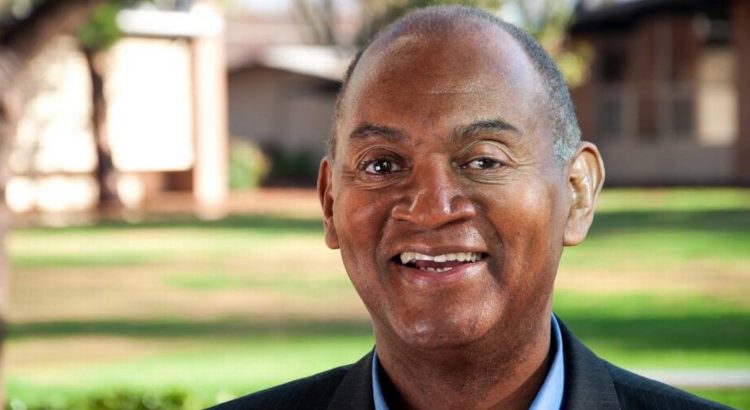
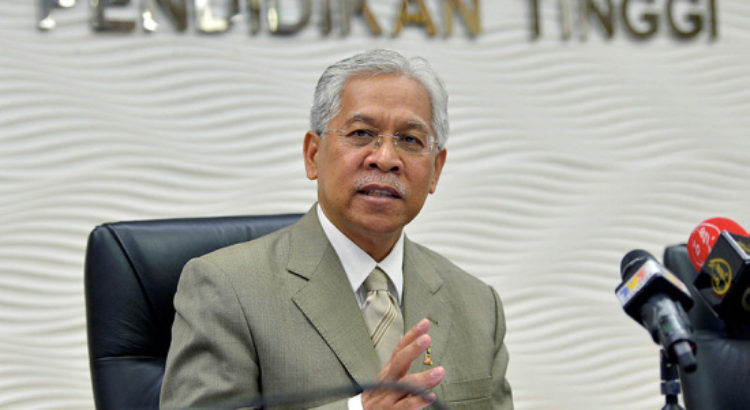

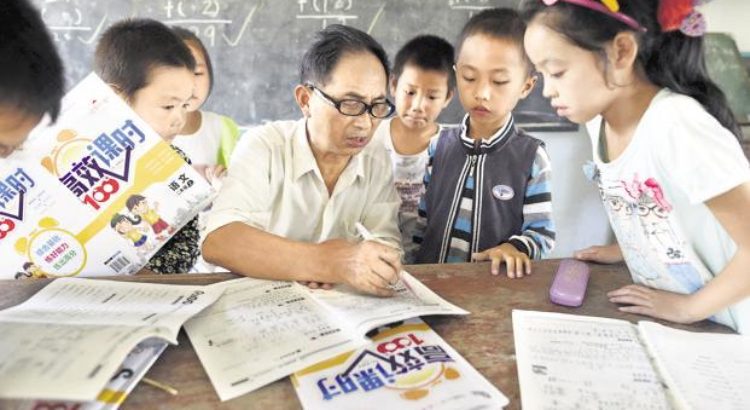
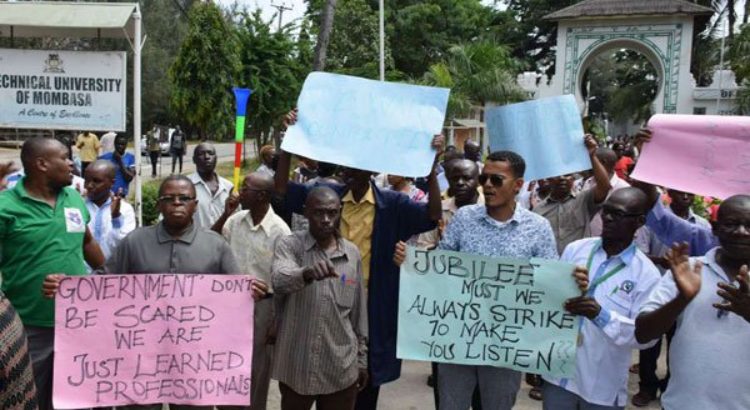
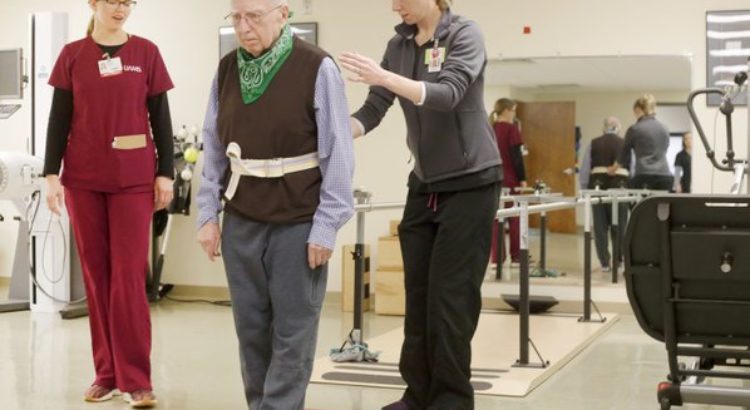





 Users Today : 37
Users Today : 37 Total Users : 35403230
Total Users : 35403230 Views Today : 54
Views Today : 54 Total views : 3332493
Total views : 3332493